Introduction:
Selecting the right piping material is crucial for ensuring the efficiency, longevity, and performance of your plumbing system. Two popular options, PEX (Cross-linked Polyethylene) pipeline and PVC (Polyvinyl Chloride) pipes, offer unique features and benefits. This article will compare PEX pipeline and PVC pipes, exploring their respective characteristics, advantages, and applications.
Material Composition and Properties
1.1 PEX Pipeline: Flexibility and Durability
PEX pipeline is made from cross-linked polyethylene, a flexible thermoplastic material renowned for its durability and resistance to corrosion. PEX pipes are highly flexible and can withstand freezing temperatures without cracking or bursting, making them ideal for cold weather climates. Additionally, PEX is resistant to scale buildup and chemical corrosion, ensuring clean and reliable water distribution in residential, commercial, and industrial settings.
1.2 PVC Pipes: Rigidity and Chemical Resistance
PVC pipes are constructed from polyvinyl chloride, a rigid thermoplastic material prized for its chemical resistance and affordability. PVC pipes are lightweight, easy to install, and resistant to bacterial growth, making them suitable for a wide range of applications, including drainage, irrigation, and wastewater systems. However, PVC pipes may become brittle over time and are prone to damage from exposure to sunlight and extreme temperatures.
1.3 Verdict: PEX for Flexibility, PVC for Affordability
In terms of material properties, PEX pipeline stands out for its flexibility, durability, and resistance to freezing and corrosion. PEX pipes are ideal for applications where flexibility and reliability are paramount, such as radiant floor heating, potable water distribution, and hydronic heating systems. On the other hand, PVC pipes offer affordability and chemical resistance, making them a cost-effective choice for non-pressure applications like drainage and irrigation.
Installation Flexibility and Ease
2.1 PEX Pipeline: Easy to Install and Versatile
PEX pipeline offers easy installation and versatile use in plumbing systems. PEX pipes bend and curve to navigate obstacles, reducing the need for additional fittings and minimizing leak risks. The use of push-fit or crimping connections further simplifies the installation process, saving time and labor costs for plumbers and contractors.
2.2 PVC Pipes: Simple Installation with Solvent Cement
Installing PVC pipes requires solvent cement and primer to create watertight joints between fittings and pipe sections. While PVC pipes are relatively straightforward to install, they require precise measurements and proper alignment to ensure leak-free connections. Additionally, PVC pipes are rigid and less forgiving in tight or confined spaces, requiring careful planning and layout.
2.3 Verdict: PEX for Flexibility, PVC for Simple Installations
PEX pipeline offers unmatched flexibility and ease of installation compared to PVC pipes. PEX’s ability to bend and curve around obstacles reduces the need for additional fittings and simplifies the installation process, making it an ideal choice for DIY enthusiasts and professional plumbers alike. PVC pipes, while simple to install with solvent cement, may be less forgiving in complex plumbing systems and confined spaces.
Application Considerations and Performance
3.1 PEX Pipeline: Versatile and Reliable
PEX pipeline is versatile and reliable, making it suitable for a wide range of applications in residential, commercial, and industrial settings. Whether used in potable water distribution, radiant floor heating, or hydronic heating systems, PEX pipes offer consistent performance and durability. Their resistance to corrosion, scale buildup, and freezing temperatures makes them an ideal choice for modern plumbing projects.
3.2 PVC Pipes: Cost-Effective for Non-Pressure Applications
PVC pipes are cost-effective and suitable for non-pressure applications such as drainage, irrigation, and wastewater systems. PVC’s chemical resistance and affordability make it a popular choice for underground piping, outdoor plumbing, and agricultural irrigation. However, PVC pipes may not be suitable for applications where flexibility and resistance to freezing are required.
Conclusion
PEX pipeline offers versatility, flexibility, and durability, making it an ideal choice for various plumbing applications, especially those requiring resistance to freezing and corrosion. PVC pipes, while cost-effective and chemically resistant, are best suited for non-pressure applications such as drainage and irrigation. By understanding the differences between PEX and PVC pipes, property owners and contractors can make informed decisions when selecting the right piping material for their plumbing projects.
IFAN is a Chinese manufacturer of plastic pipes, fittings and valves with 30 years of experience. If you are interested in IFAN copper fittings, copper valves, plastic pipes and fittings, please contact us. IFAN offers you a variety of standard pipes to meet your specific needs. Click below to learn more about IFAN’s wide range of affordable and cost-effective valve products and piping system related products.
We will reply your email or fax within 24 hours.
You can call us at any time if there is any question on our production.
For more information,pls visit our webside https://pipefittingpro.com/
Pls Mailto: [email protected]
Whatsapp: + 86 19857948982

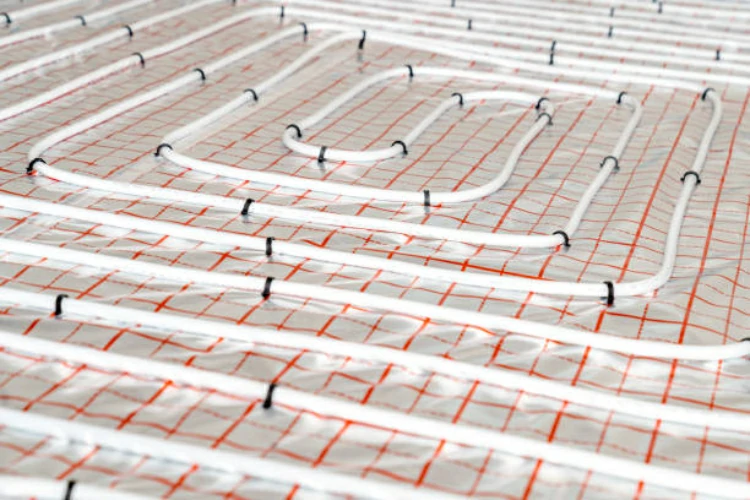
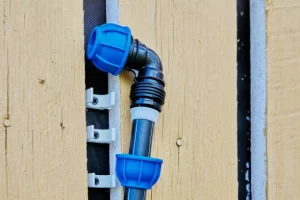
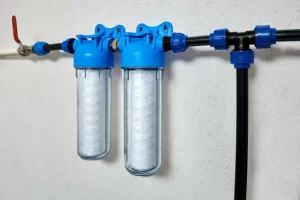
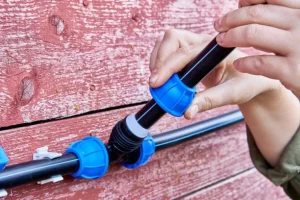
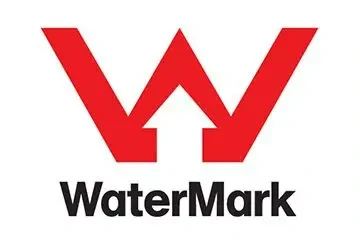

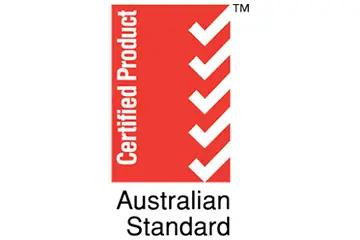
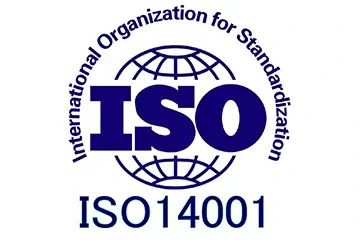

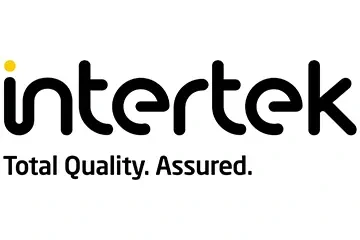


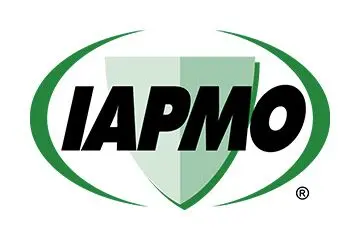
Recent Comments